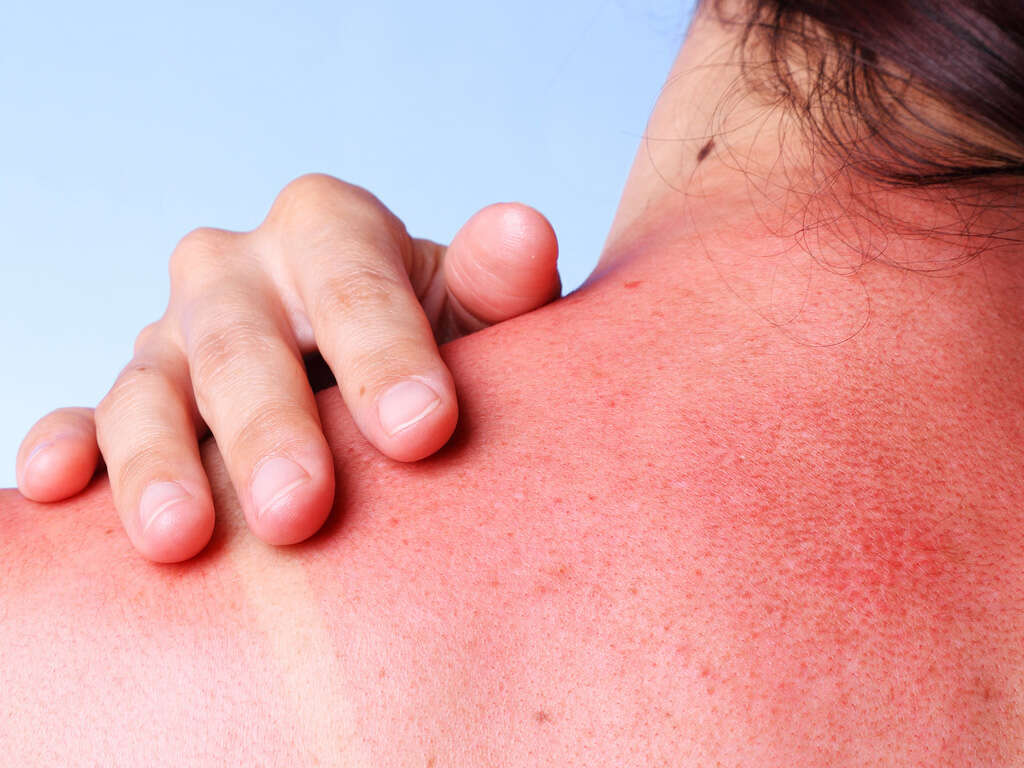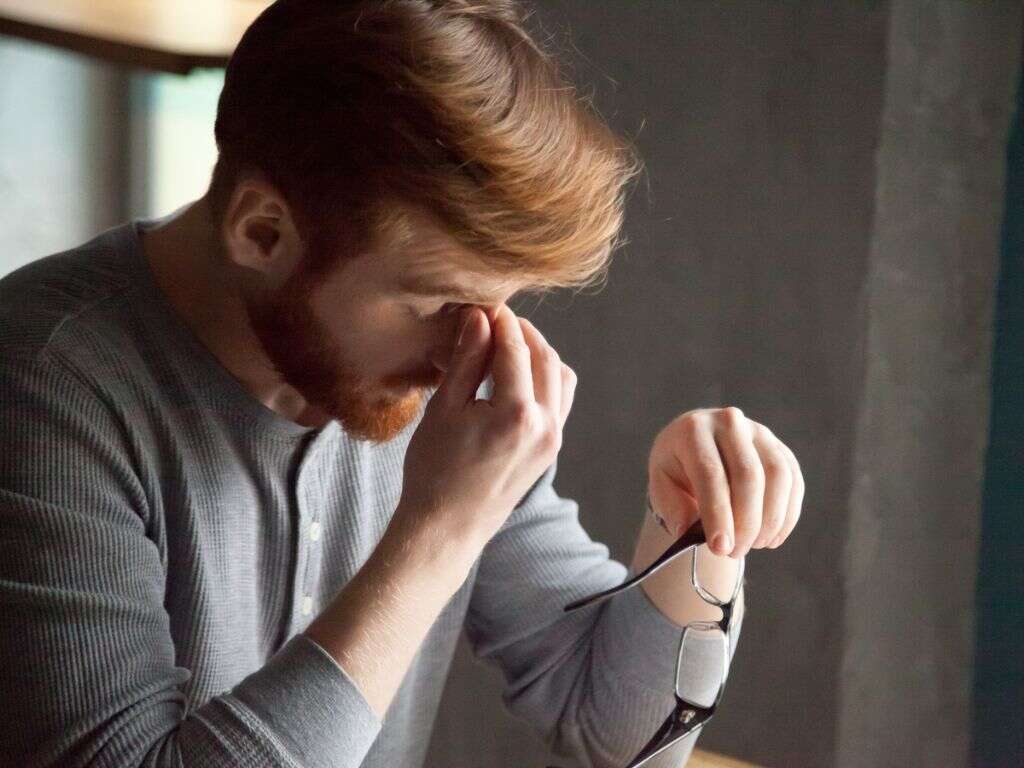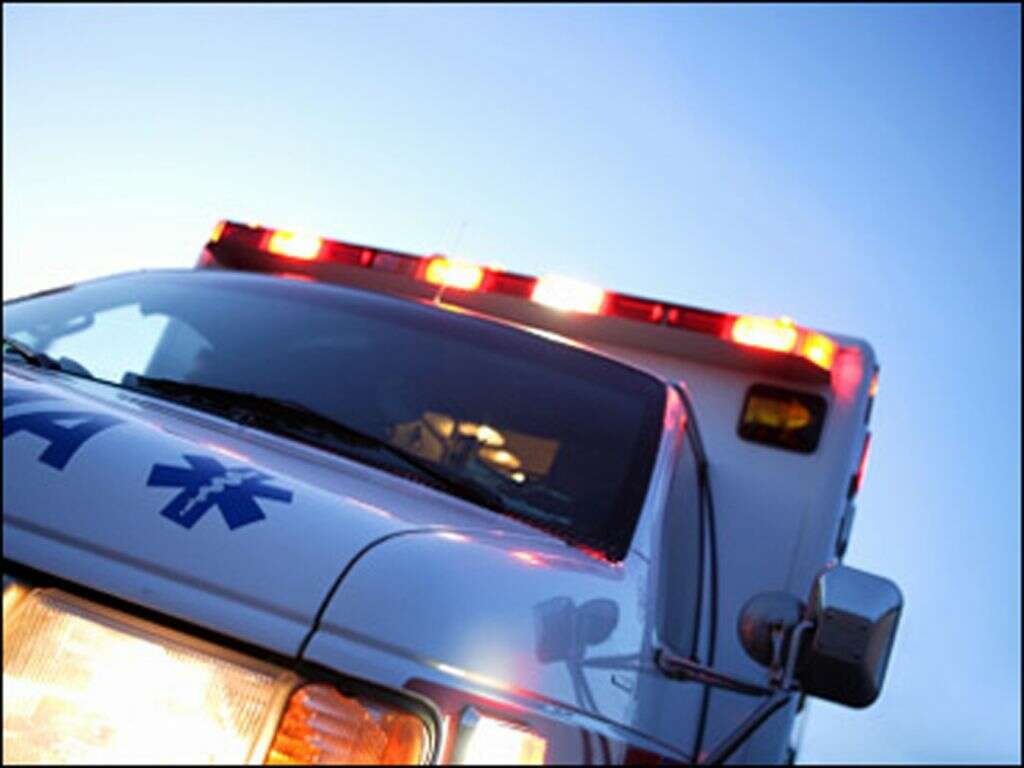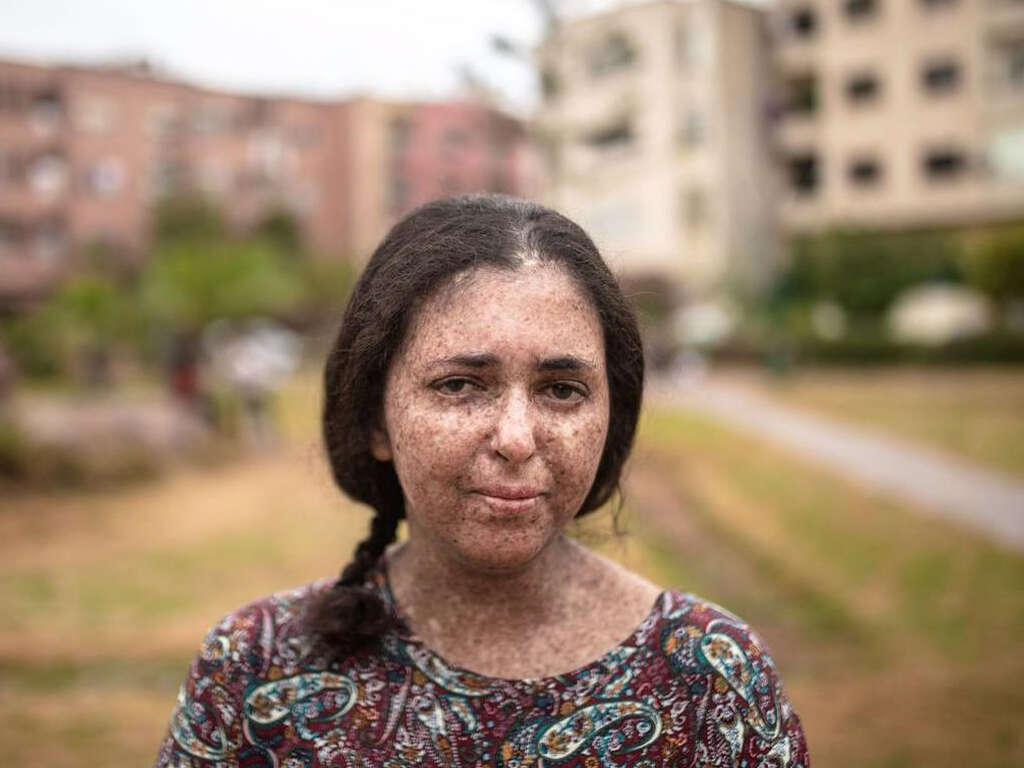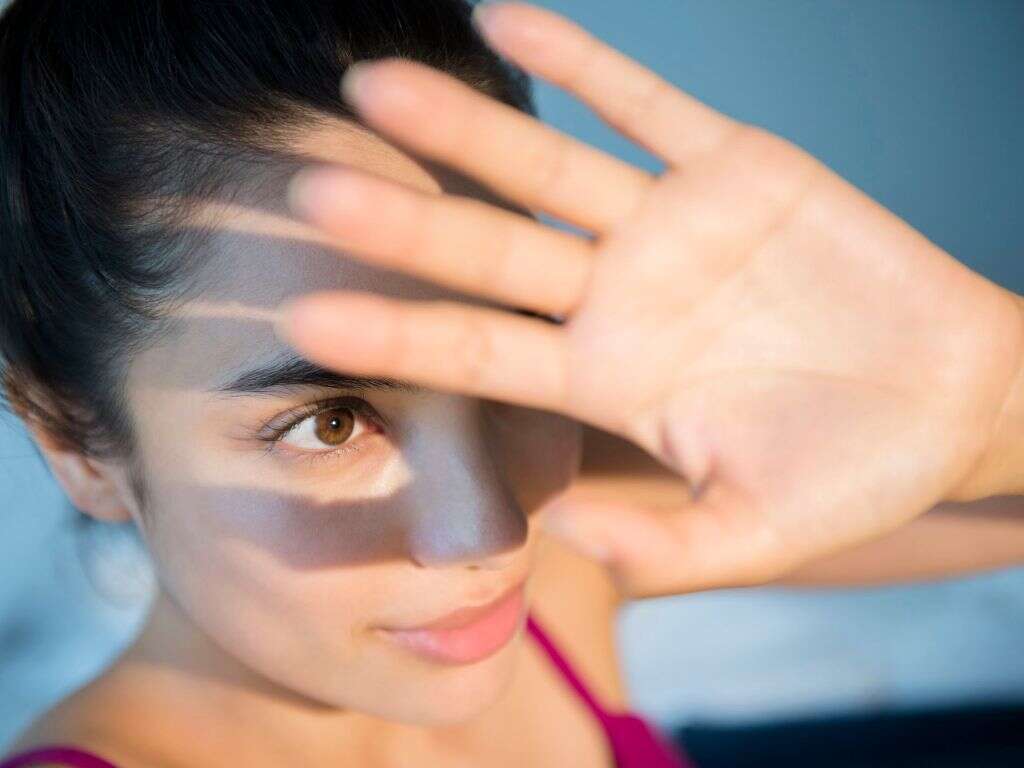10 Signs of Heat Stroke
Heat stroke is a serious condition caused by exposure to an extreme amount of heat for an extended period of time. When the condition sets in, it leads to dehydration. This causes the body’s homeostatic system responsible for control of body temperature to fail, leading to a sustained rise in temperature to 103 Fahrenheit or higher.
The condition can be so serious that it can lead to serious damage to the brain or other organs of the body. Heat stroke is more common in sports people, the elderly, infants, and people who work outdoors for long periods of time. However, it can also affect people of any other demographic. In the following discussion, we explore the top 10 signs of heat stroke.
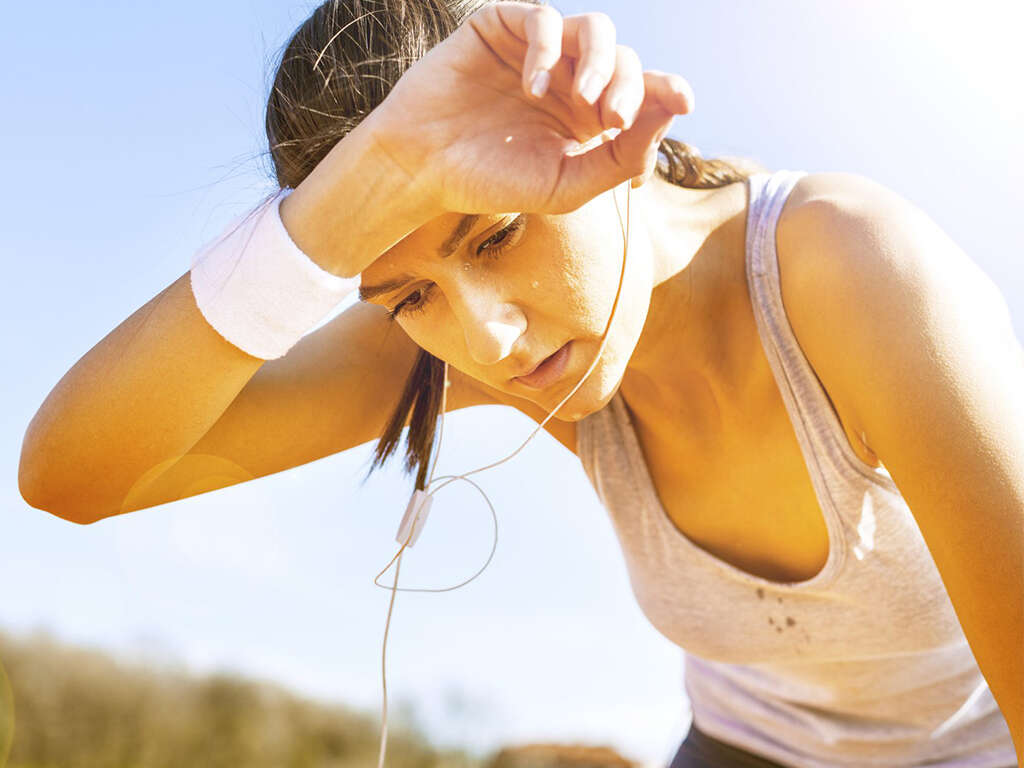
Heat Stroke Sign #1: Throbbing Headache
A throbbing headache, when you have been in an extremely hot environment for some time, may be one of the first signs of heat stroke. And while this also happens in people who suffer from migraine headaches, not every migraine is a sign of heat stroke. Bright lights, flashing lights, and glare may also trigger migraines. For this reason, if you normally get migraines, don’t assume that you have a heat stroke if you get a sudden attack. But if there are other symptoms, you could be having a heat stroke.
On the other hand, if you don’t usually get headaches, and you suddenly get one, chances are that you could be suffering from heat exhaustion. This is the precursor of a heat stroke. Get out of the heat and seek medical help to prevent the condition from worsening.
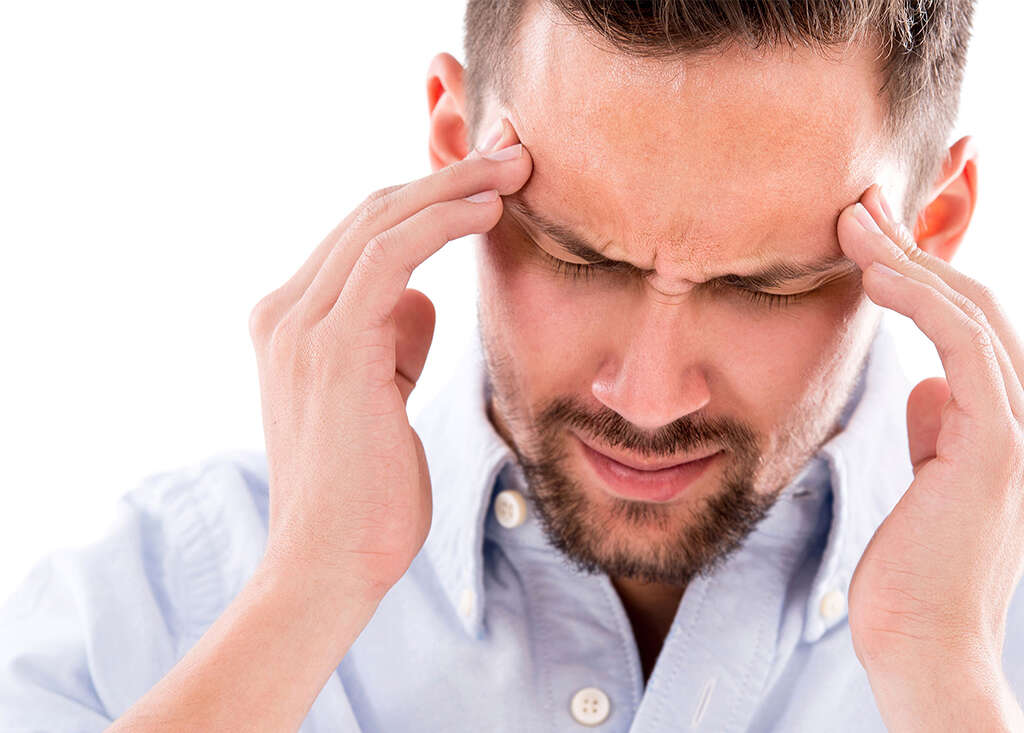
Heat Stroke Sign #2: High Body Temperature
High temperature is a common sign of heat stroke. Rise in body temperature is in fact how this condition develops. This happens when the body’s homeostatic system can no longer regulate body temperature to its optimum.
According to the CDC, a temperature of 103 Fahrenheit or higher is a sign of heat stroke. However, on its own, high body temperature is not reason enough to conclude that you or a loved one has a heat stroke. However, if you have it in addition to other signs of heat stroke, you need to seek medical care to prevent the condition from getting out of hand. Meanwhile, seek ways to help keep cool.
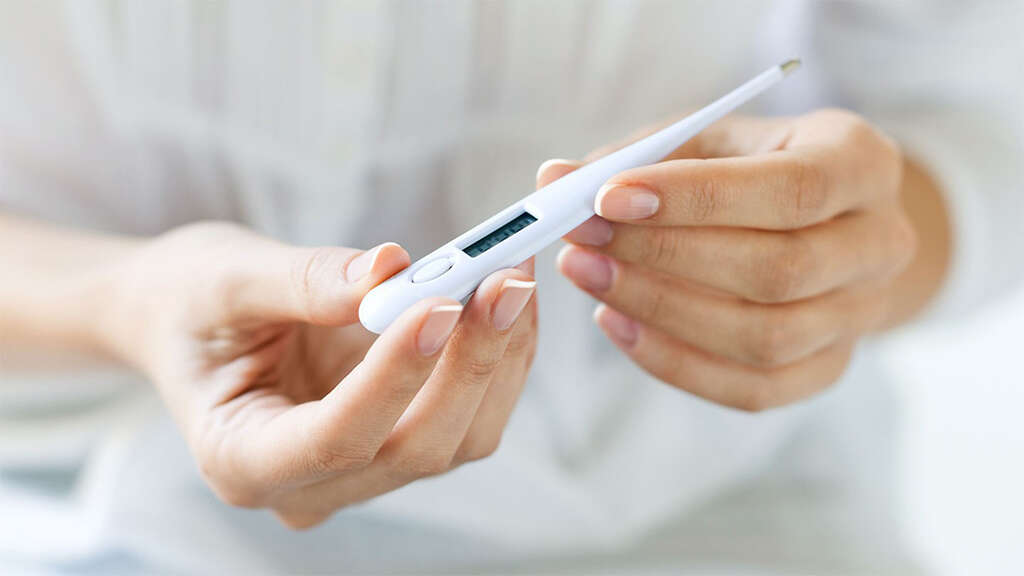
Heat Stroke Sign #3: Absence Of Sweat
This is a common sign of classic heat stroke. Classic heat stroke is normally seen in the elderly or those with chronic medical conditions. The person’s skin will present as hot and dry due to anhidrosis, which is the medical term for when the sweating system fails.
Normally, the body reacts to rising temperature by way of sweating. This is meant to lower body temperature back to normal via evaporative cooling. If sweating does not occur then this evaporative cooling mechanism cannot be utilized thus causing a dangerous rise in core temperature.

Heat Stroke Sign #4: Dizziness or Faintness
Heat stroke may also cause dizziness and faintness. This may occur when you have been sitting or lying under the sun for some time. You may find it difficult to get on your feet, and if you do, you may experience the uncomfortable feeling as if the world around you is spinning.
Heat stroke causes pumping of more blood to the skin and the limbs as the body tries to lower its internal temperature. This rush of blood outward can cause the blood pressure to drop. It also reduces the volume of blood reaching the brain. This can cause dizziness or even fainting.
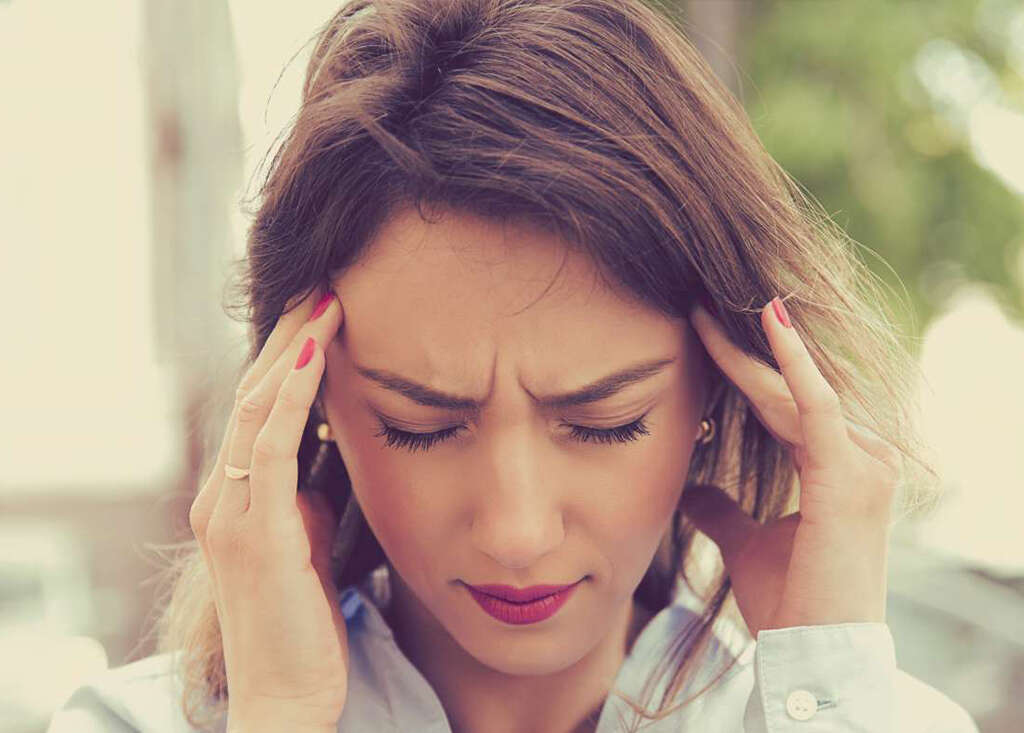
Heat Stroke Sign #5: Rapid Heartbeat
Heat stroke can also cause your heart to beat faster and your breathing to hasten. This happens because of the inability of the body to lower its internal temperature by way of sweating. In a further bid to lower the internal temperature, the heart starts to beat more rapidly in a quest to get more blood to the skin and the limbs. These are the places where more heat can be radiated out into the surroundings.
Unfortunately, without sweating, little heat is lost even when large volumes of blood flow to the skin. By blood flowing to the skin and the legs, it can cause a drop in blood pressure. As a result, even with a faster heartbeat, there may be little blood to pump to the rest of the body.

Heat Stroke Sign #6: Profuse Sweating
Profuse sweating may be a sign of exertional heat stroke. This type of heat stroke occurs when the person becomes over heated due to high activity typically in a hot, humid environment. This is normally found in those who do high intensity exercises such as athletes or with military training.
The person experiencing these symptoms will sweat during and after the activity. Sweating is the body’s response to try to reduce the core temperature but in this case it is unable to keep up with the demand. A humid climate exacerbates this because the sweat will not be able to evaporate from the skin. This excessive sweating will further cause complications in the form of dehydration and electrolyte imbalances.
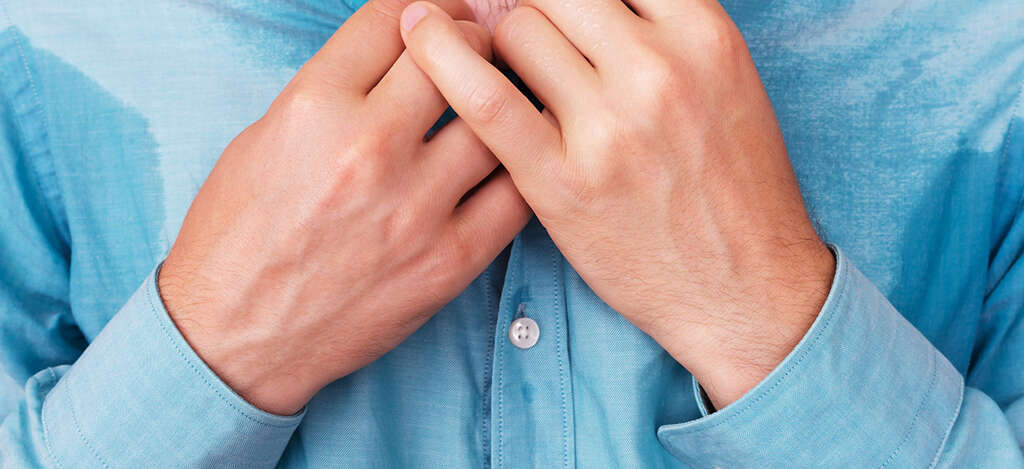
Heat Stroke Sign #7: Hot and Dry Skin
Heat exhaustion is usually an initial stage before advancing into heat stroke. Sweating is one of the signs of heat exhaustion. However, as the condition progresses, the body’s defense mechanism stops the sweating process. This happens as a way to protect the body from further dehydration.
But by this time, the body will have lost a significant amount of its fluids. This leaves the skin dry. Additionally, because heat stroke occurs as a result of continued rise in body temperature, the skin will be hot to the touch. It will also have a flushed appearance. If you notice hot, dry skin conditions together with another one or more signs of heat stroke on a loved one or other acquaintance, keep them cool and seek medical care as soon as possible.

Heat Stroke Sign #8: Nausea
Nausea typically accompanies dizziness in a person with heat stroke as it does with other conditions. Other symptoms related to the digestive system like vomiting and abdominal cramps may also occur. Other related symptoms include reduced urination or dark urine. There might also be some blood in the urine or stools.
If some of these symptoms occur in you or a loved one while either working out hard or in an extremely hot environment, it could be a sign of heat stroke. Stop whatever you are doing that could be exposing you to extreme heat and take action to cool down. It is also recommended that you seek medical care without delay.
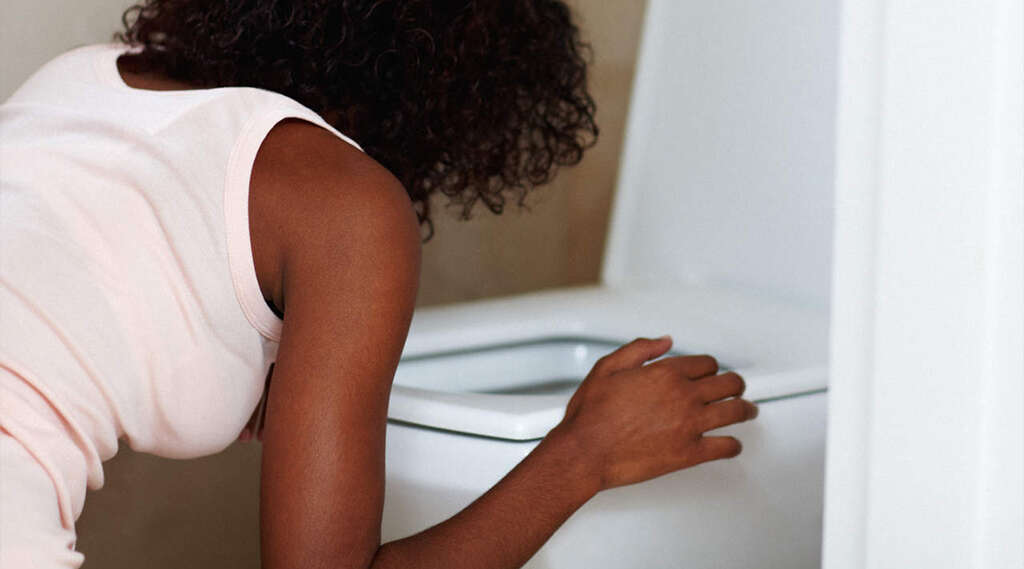
Heat Stroke Sign #9: Muscle Cramps
Muscle cramping is another sign of heat stroke that occurs as a result of dehydration and loss of electrolytes. Sweating, one of the initial symptoms of heat stroke, involves loss of body fluids. When sweat evaporates from the skin surface, it helps to lower body temperature. However, besides water, sweat also contains dissolved minerals like magnesium, potassium, and sodium.
These minerals in the form of electrolytes are critical for muscle functions besides other roles. When the body loses significant amounts of the electrolytes, the new levels may be inadequate for optimal muscle function. This is why heat stroke can cause muscular cramping. Muscle cramps are more common in heat stroke resulting from extreme workouts.
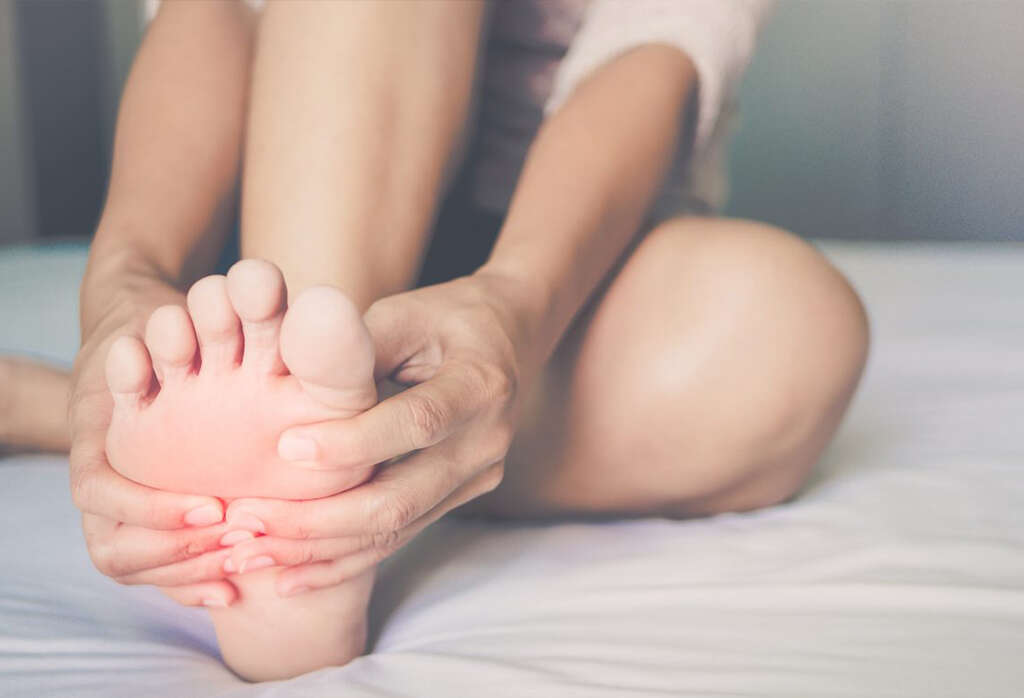
Heat Stroke Sign #10: Mental Confusion
Mental confusion is yet another sign of heat stroke. A person with heat stroke may find it difficult to use their mind as they would normally. It may become difficult for them to think, engage in a conversation, or even focus on anything. If, for instance, you have been talking with them, their input may fade off or be minimal. On closer observation, you might notice that they appear stunned or disoriented. It may also become difficult for the affected person to walk, or they may stagger.
Mental confusion is more common in heat stroke caused by overexertion. This leads to a concussion-like experience that interferes with normal coordination. The ensuing frustration may also lead to agitation.





